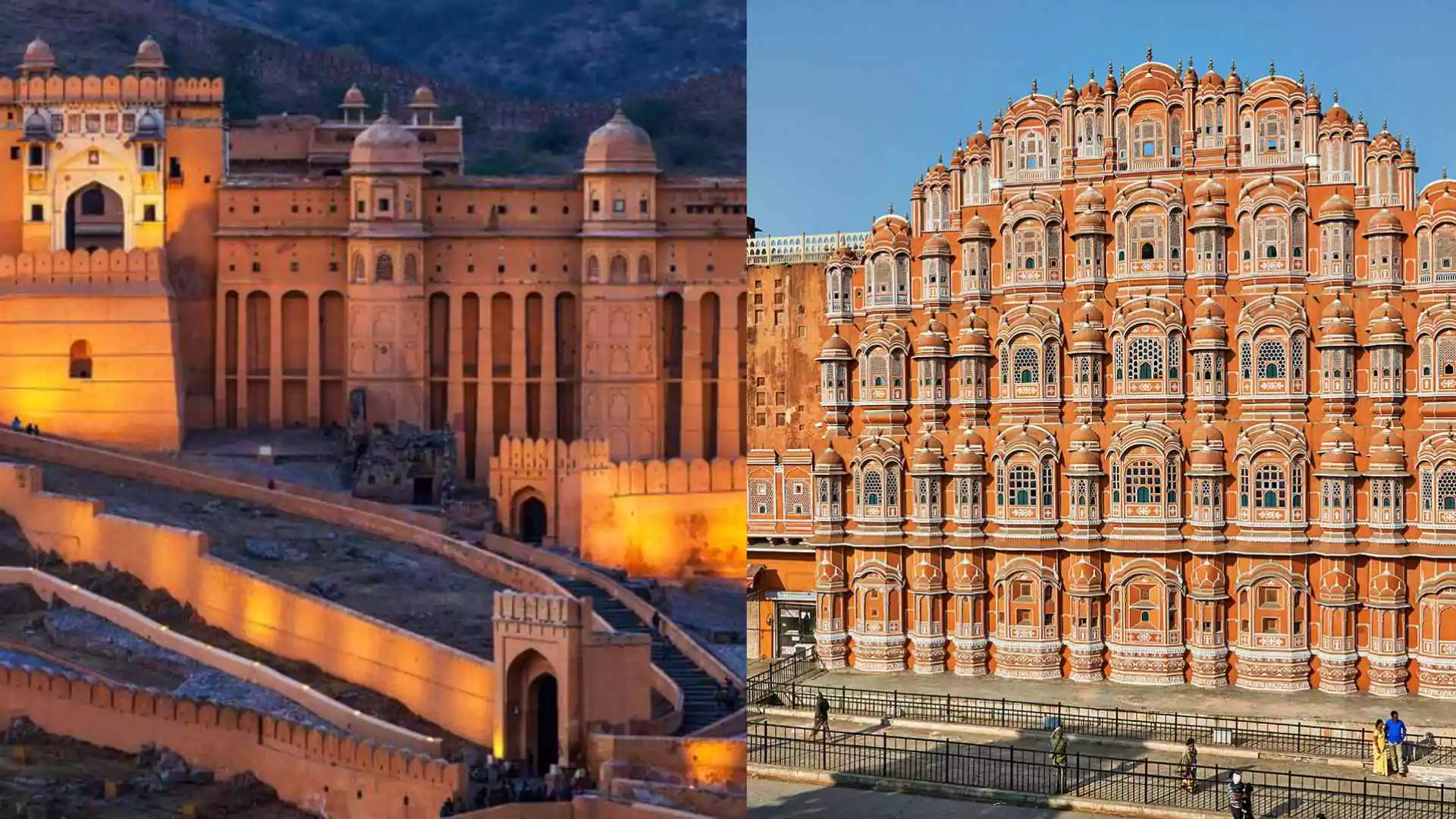On March 17, the Kannada hit film ‘Kantara’ was shown at the Pathe Balexert theatre in Geneva. The screening was attended by approximately 220 people, including UN representatives, heads of international organisations from Germany, Brazil, UNCTAD (United Nations Conference on Trade and Development), ITU (International Telecommunication Union), WHO (World Health Organization), Sri Lanka, Myanmar, and the Indian diaspora. The picture received a standing ovation from the crowd.
Set in the imaginary hamlet of Dakshina Kannada, ‘Kantara’ followed the character of Rishab Shetty (also the film’s director), who played a Kambala champion in a fight with a honest Forest Range officer. The film combines myth, fantasy, folklore, and Karnataka’s indigenous culture.
He said, “We are very pleased and thankful to the audience who had shown immense love and support to Kantara and taking the journey ahead, with the blessing of almighty Daiva the film has successfully completed 100 days and I would like to take this opportunity to announce the prequel of Kantara. What you have seen is actually Part 2, Part 1 will come next year. The idea has been flashed into my mind while I was shooting for Kantara because the history of Kantara has more depth to it, and currently, if the writing part is concerned we are in the middle of digging into more details. As the research is still progressing, it would be very early to reveal details about the film.”
Films nowadays, according to Rishabh, are breaking down linguistic barriers. He went on to say that Indian cinema is presented in several languages, and if the subject connects with the audience, the film would be acknowledged as an All-Indian film. He declared that he believed in the slogan that local was the new global. The more local the material, the larger the audience it will serve.




















